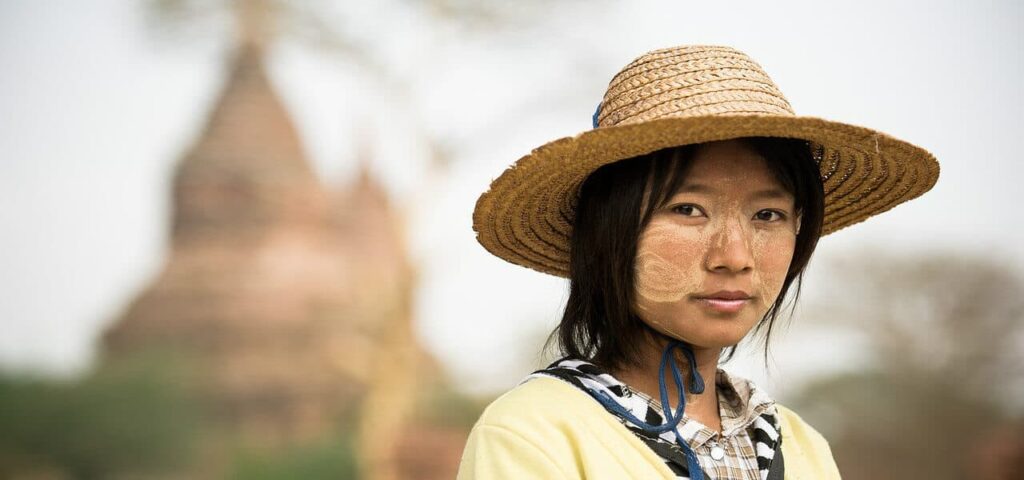This content introduces the topic of diverse warrior customs around the world. It highlights how military traditions and customs have shaped the identities and legacies of nations. The content takes the reader on a global tour, exploring the unique customs found in Europe, Asia, Africa, North America, South America, Oceania, and the Middle East. It emphasizes the importance of understanding and appreciating these traditions to gain insight into the histories and identities of different nations and their armed forces.
The Diverse Warrior Customs Around the World: A Global Tour of Military Traditions
Introduction
Military traditions and customs have played a significant role in shaping the identities and legacies of nations throughout history. From ancient civilizations to modern-day armed forces, each army has unique rituals, practices, and codes that reflect its culture and values. This article takes you on a global tour, exploring the diverse warrior customs found across different countries.
Europe – Knights and Chivalry
In medieval Europe, chivalry dominated warrior customs. Knights embraced a code of conduct emphasizing honor, loyalty, and bravery. Their training included not only combat prowess but also etiquette and the arts. Rituals like dubbing ceremonies, tournaments, and coat of arms bearing were integral parts of their traditions.
Asia – The Way of the Samurai
Japan’s samurai warriors developed their own set of customs and principles known as Bushido, the “Way of the Warrior.” Fidelity, martial arts mastery, and self-discipline were core values. Rituals such as seppuku (honorable suicide) and tea ceremonies demonstrated the samurai’s dedication to honor and refinement.
Africa – Tribal Warriors
African cultures have a rich history of tribal warrior customs. Each tribe had distinct rituals, dances, and costumes to prepare warriors for battle. For example, the Zulu people of Southern Africa performed the “dance of the long shields” to showcase their discipline and unity, while Maasai warriors of East Africa adorned themselves with colorful beadwork and engaged in warrior jumping contests.
North America – Native American Warrior Societies
Native American warrior societies existed across different tribes and nations. These societies had their unique customs, rituals, and hierarchies. The War Dance was a common ritual involving elaborate war paint, intricate dances, and music. Warriors underwent purification ceremonies and received special marks or tattoos to symbolize their accomplishments and bravery.
South America – Incan Elite Warriors
The Incan Empire of South America was known for its elite warriors, the “Eagle Warriors” and “Jaguar Warriors.” These warriors underwent rigorous training and participated in mock battles and rituals to prove their strength and courage. The Mita system, a mandatory labor draft, ensured every Incan citizen, including warriors, contributed to the empire’s prosperity.
Oceania – Maori Haka
The Maori people of New Zealand have a warrior tradition deeply rooted in their cultural identity. The haka, a ceremonial dance, was performed by Maori warriors before battle to intimidate their enemies. Today, the haka is widely recognized worldwide, often performed by the New Zealand All Blacks rugby team as a pre-game ritual.
Middle East – Bedouin Tribes and the Arab Horse
In the deserts of the Middle East, Bedouin tribes developed a distinct warrior tradition centered around their connection with the Arab horse. Skilled horsemanship and swordsmanship were cherished skills. Horse-mounted tournaments, called “Fantasias,” showcased the Bedouin’s ability to conduct lightning-fast attacks and displays of marksmanship.
Conclusion
Warrior customs around the world exhibit the rich diversity of human history and cultural traditions. Each country’s military customs reflect its unique heritage, values, and sociopolitical contexts. By understanding and appreciating these traditions, we gain a deeper insight into the histories and identities of different nations and their armed forces.
